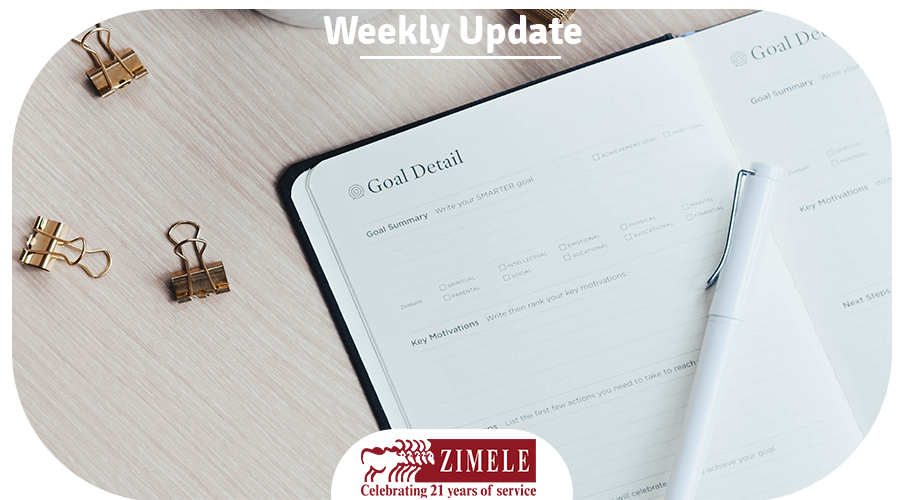Make no little plans; they have no magic to stir men’s blood and probably will themselves not be realized. Make big plans; aim high in hope and work, remembering that a noble, logical diagram once recorded will not die.
Daniel Hudson Burnham
Ask any personal finance expert and they will tell you setting yourself clear goals and writing them down can help turn your dreams into reality. A study by Harvard Business School asked students if they had set clear, written goals for their future and made plans to accomplish them, only 3% of them had done so. 13% of the rest had goals, but had not written them down; the remaining 84% had no specific goals at all!
Ten years later, the same individuals were interviewed again. The results? The 13% who had goals were earning, on average, twice as much as the 84% who did not have any goals at all. The 3% who had clear, written goals were earning, on average, ten times as much as the other 97% put together! Such proof of success should encourage you to have clear, measurable and time-bound goals to work towards.
The first step towards accomplishing your financial and personal goals is to have an idea of what, specifically, you want to achieve. One way of setting out your goals is by developing a personal financial plan, which is a structured schedule that breaks down the areas in which you, as an individual, would like to focus on and effectively complete.
Drawing up a personal financial plan will help you take control of your financial situation and focus on the important areas. In addition, you will communicate to both yourself and others what you want to do, rather than keeping your goals to yourself and letting them see your achievements once you have accomplished them.
Personal financial goals can be prepared in seven simple steps:
1. Focus areas
These are any specific areas you will use to achieve your financial goals.
2. Where are you now?
Figure out where you are currently.
3. Destination?
This is a summary of where you will be when you have achieved your goals.
4. Measurement?
You should indicate how you will measure your progress for each focus area.
5. Activities and resources
These are the ‘tools’ that you will use to achieve your goals.
6. When?
It is important to be realistic about when you will achieve your goals.
7. Reward
Any form of reward once you have achieved a target can give you something to look forward to.
Below is an example of a simple plan.
| Focus area | Now? | Destination? | Measurement? | Activity | Resource | Timing | Reward |
| Eliminate my debt | Currently have a HELB loan, bank loan and 2 mobile loans. | Reduced to a desirable level or eliminated completely | Fewer loan repayments, if any | Use 20% of my monthly income to repay loans starting with higher-interest loans. | Budget | At the end of year 2021. | |
| Planning for my retirement | No pension arrangements besides NSSF | More financially prepared to retire | Systematic means of saving for retirement | Join and contribute regularly to a pension scheme | Zimele Personal Pension Plan | First contribution at the end of January | |
| Build up my emergency savings | Not enough money to cover an emergency | Save enough money to cover 6 months of expenses | Track the amount in the emergency savings account every month | Start a savings plan | Zimele Savings Plan | Before June of this year |
Conclusion
Setting goals is a very important activity in life. That importance is magnified when it comes to personal finance. As you set goals for your life, do not forget to set personal finance goals using the template shown above. Remember that goals should be SMART (Specific, Measurable, Attainable, Realistic & Timebound). But that’s just the first step. Ensure you follow through to conclusion.
________
Want to improve your financial literacy? Get one Personal Finance Blogs straight to your inbox every week. Sign up below.

